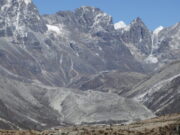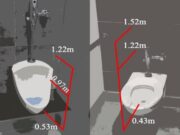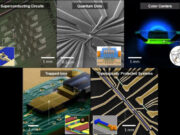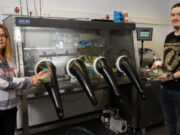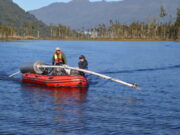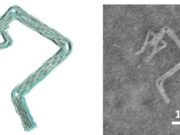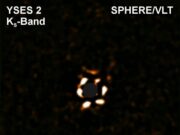Can a new type of glacier on Mars aid future astronauts?
On April 21, 1908, near Earth's North Pole, the Arctic explorer Frederick Albert Cook scrawled in his diary a memorable phrase: "We were the...
Predicting the next pandemic virus is harder than we think
The observation that most of the viruses that cause human disease come from other animals has led some researchers to attempt "zoonotic risk prediction"...
Rock glaciers will slow Himalayan ice melt
Some Himalayan glaciers are more resilient to global warming than previously predicted, new research suggests.
Rock glaciers are similar to "true" ice glaciers in that...
Flushing a public toilet? Don’t linger, because aerosolized droplets do
Flushing a toilet can generate large quantities of microbe-containing aerosols depending on the design, water pressure or flushing power of the toilet. A variety...
Materials advances are key to development of quantum hardware
A new study outlines the need for materials advances in the hardware that goes into making quantum computers if these futuristic devices are to...
How oxygen-producing cyanobacteria facilitated complex life
The "Great Oxygenation Event" (GOE), the process whereby the Earth's atmosphere was continuously enriched with oxygen, a waste product of photosynthesis, began ~2.43 billion...
Scientists crack ‘the Brazil-nut’ puzzle, how do the largest nuts rise to the top?
Scientists have for the first time captured the complex dynamics of particle movement in granular materials, helping to explain why mixed nuts often see...
People have shaped Earth’s ecology for at least 12,000 years, mostly sustainably
New research published today in the Proceedings of the National Academy of Sciences (PNAS) shows that land use by human societies has reshaped ecology across most...
Study reveals the workings of nature’s own earthquake blocker
A new study finds a naturally occurring "earthquake gate" that decides which earthquakes are allowed to grow into magnitude 8 or greater.
Sometimes, the "gate"...
DNA robots designed in minutes instead of days
Someday, scientists believe, tiny DNA-based robots and other nanodevices will deliver medicine inside our bodies, detect the presence of deadly pathogens, and help manufacture...
Giant planet at large distance from sun-like star puzzles astronomers
A team of astronomers led by Dutch scientists has directly imaged a giant planet orbiting at a large distance around a sun-like star. Why...




